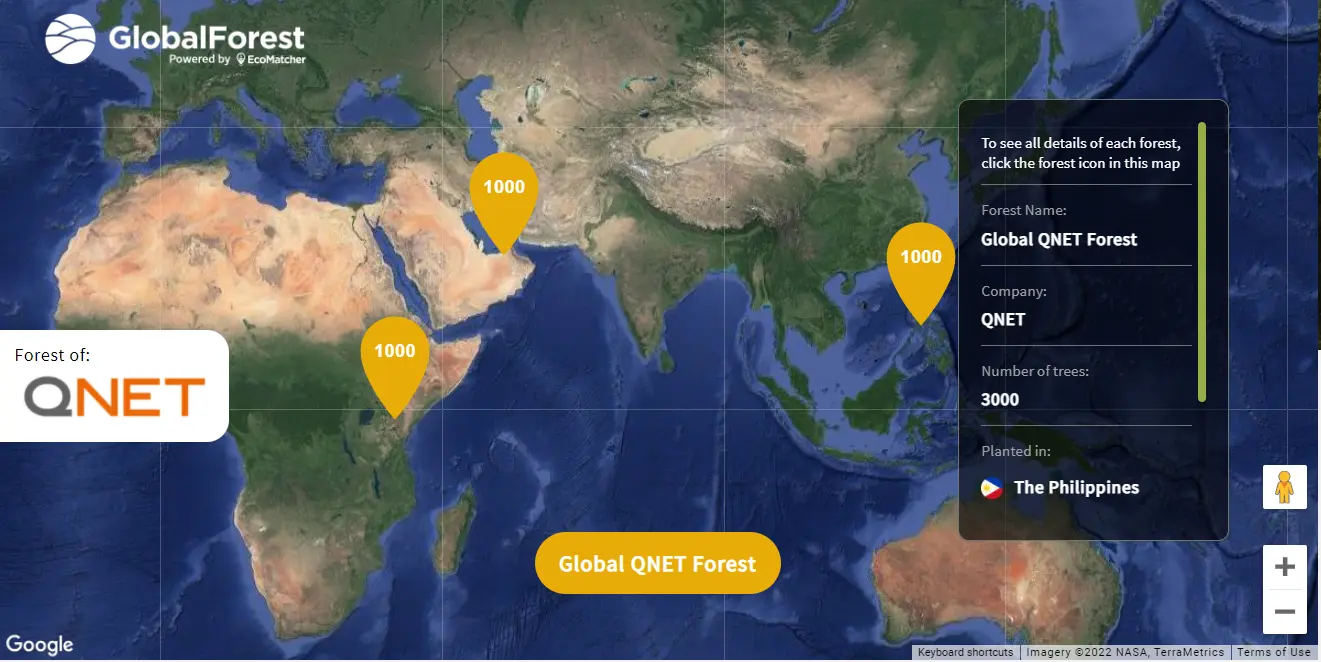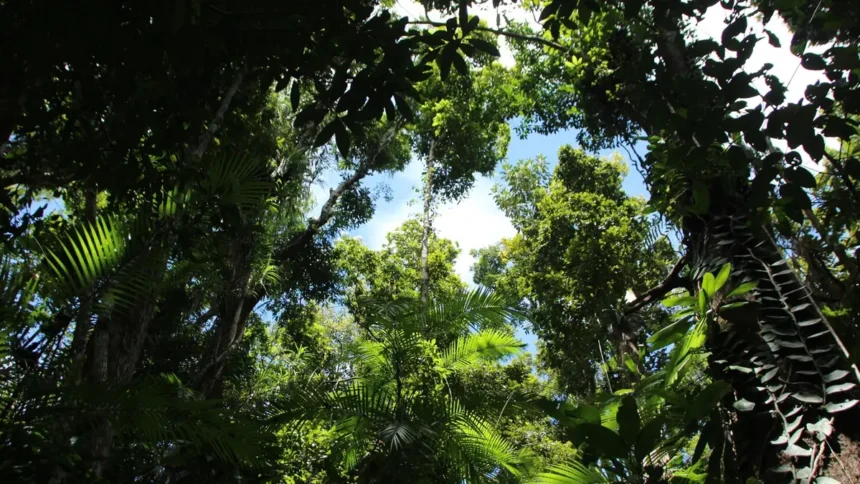The QNET Philippines Green Legacy is being built tree by tree to ensure we do our bit to make the world a better place for the coming generation. In case you missed it, QNET is practising RYTHM by planting a green legacy to address some of the problems caused by global warming and climate change. In the Philippines, QNET has teamed up with Fostering Education and Environment for Development (FEED) to grow, preserve, and protect the country’s biodiversity.
What Does The QNET Philippines Green Legacy Look Like?

In collaboration with Ecomatcher and FEED, QNET will help reforest over 9000 hectares of indigenous forests in the Sierra Madre Mountain Range. The QNET Philippines Green Legacy will not only grow tree species that will help with our communal biodiversity goals but will also help provide livelihood opportunities for local communities.
Our QNET Philippines Green Legacy project is part of our goal to build a global forest. You can read more about our initiatives in Dubai and East Africa to see what we are doing there to meet our sustainability goals. So far, we have planted 1,000 trees from four different species grown by five local planters.
Fun Facts About QNET’s Trees In The Philippines
We want to highlight two of the species of trees that are being grown in the QNET Global Forest in the Philippines – the Malaruhat Puti and the Malaruhat Pula. Here are some fun facts about them.
Malaruhat Puti
- They can grow up to 25 metres tall.
- They can be used as hardwood for general construction.
- They also provide food for indigenous birds, which is very important in maintaining biodiversity in the area.
- They also attract bees, which are essential for pollination.
Malaruhat Pula
- They are an evergreen tree in the Mahogany family.
- They can grow up to 33 metres tall.
- Their wood can be used for speciality tools such as flooring and musical instruments.
Don’t forget to check out the QNET Green Legacy page for the latest updates. See for yourself the impact you are making worldwide as part of QNET.






